Chapter 13: "Sprite - Obey Your Quirks"
Some details, ideas, and musings I've had experiencing effective RPGs and RPG Makers
© May 2019 Written by David Wicker
Please do not reprint without permission
Yep, it is today we are going to go over the Sprite.
Well, there is this, which delicious as it is - but no. This chapter will cover a different kind of sprite, the ones that are used in RPGs. We talk to 'em, rob 'em, help 'em, oftentimes confuse 'em and leave 'em in the dust. But there they are to help, tease, and hinder.
I am referring to, of course, those OTHER little people running around on the maps. The ones you find in cities and castles and the occasional dungeon.
We talk to them and they often have something to say to us. We talk to them AGAIN and more times than not they just repeat exactly what they said the first time.
Despite this parroting they do serve a purpose and are important to any game.
While some if not most have little to say or it's just humorous or thought provoking, occasionally in your RPG you are going to run into one that is vital and critical to talk to. They give you important and valid information about how to proceed in your quest and adventure. And sometimes you must talk to them in order to set a certain flag or value that is preventing you from going any further.
But how does one go about programming these sprites ? And how do you go about making it simple enough that you don't actually have to write any code once you get the sprite engine to handle it for you - complete ?
Years ago I was working on a RPG Maker for Gameboy Advance. I had the sprite system figured out then and I thought it was pretty simple.
You had a few states a sprite could be in. First you needed to know that all sprites spoke exactly 3-lines or less of text and has 3-sets of those 3-lines (9-lines total). CRs were delimited in the text were it smaller. The modes I had were:
[1] Speaking to reveals random page of text 1, 2, or 3
[2] Speaking to reveals all text, speak 1st page, pause for key, then 2nd, pause, then 3rd
[3] Speaking to asks Y/N question, if yes, speak 2nd page, end, otherwise 3rd page, end
[4] Speaking to says 1st text, pause for key, CHECK is then made for flag or item
if yes, speak 2nd page, option to remove, swap, or add flag or item to player, or vanish sprite
if no, speak 3rd page, end
And that was it ! It was indeed a very simple system but more than enough to go on to build a robust RPG if even in only 16k of space which is what I had to work with - and that included custom graphic sprite space too !
Today RPGs are quite a bit more complex than this. You can have multiple comparisons for sprites, they can wander all over the map, and do such neat things as change the music, give you great weather effects, and animate magical special effects.
Let's first off focus on a sprite's movement. Now in my simple RPG Maker including S2, the sprites did not move independently. I had made a Sprite Messenger to handle this for S2, that is, you could talk to someone and they could do a little song and dance for you.
But unless they vanished or a flag changed, in your script you were expected to move them right back to where they were to maintain continuity.
Movement types I have seen in RPGs.
[1] They don't move at all but may be facing some direction other than down.
Speaking to they can face or choose not to for the player and then speak text or act on a script.
Of course by not facing the player when you speak with them will give the player the impression that their time is more important than the player's. And that might be just what you want to do in your game.
[2] They shuffle their feet (animation step) but do not move.
This could be to show restlessness or agitation. Their text could reflect this as well.
[3] They don't move position but do randomly face up, down, left, or right, changing constantly.
It is believed they are in "panic" and may have text or a script to represent this.
[4] They follow the player. One woman in Dragon Warrior 1 for the NES would do this to the player in the first town he entered and dog his heels no matter where he went. Only once the player entered a different structure did she vanish and not until.
Also at first she doesn't follow the player unless the player speaks to her, then she follows relentlessly.
[5] They avoid the player. This is very rarely used but makes it interesting for the player to try and find someone who doesn't want to be. The player must hunt them down and trap them in a quarry or dead end to find what text or change they would like to reveal in the game.
[6] They move in a cross. This I have seen only in Pokemon. That is, they stay in the center and can move up, down, left, or right but do NOT leave the cross. Here is a chart to show you.
[1]
[2] SPR [3]
[4]
The advantage of this is the sprite won't wander all over creation making them difficult to find. Instead they start out in the middle and may move, as mentioned, randomly up, down, left, or right, but their NEXT move is to go back in the opposite direction so they never stray from the cross area at all.
I've also only seen this in Pokemon so it is not a common method of movement.
[7] The most difficult of them all - a Custom script. This is what separates simple RPG Makers from powerful ones. You may have seen in modern RPGs where a sprite is running all around but follows a pattern. This pattern is entered in by the Worldbuilder and must be manually keyed in the directions and movement they are taking.
You might also see this, if for instance like in LUFIA for the SNES, you ask your G/F to make you some cinnamon tea. She then approaches the shelves and slides sideways across them to the sink with appropriate sound effects, giving you the impression she is making tea.
Text is all good and well but well-placed movements of a sprite to show interest, surprise, fear, hatred, love, and craziness - can all be accomplished by good scripts in sprite animation and movement.
. . .
Okay, we've covered a bit. Let's go over the importance of sprite home positions. Now generally if a sprite is say guarding an entrance to a temple or something, once you set a flag, then the next time you enter this room, you may find him one square to the left or right with a different message.
In S2, this was pretty simple. I made two sprites. One that would appear if a certain flag was OFF. His position blocked the entrance and his default message stated it was impassable.
The other sprite I made just one square tile to the left and he would only appear if the flag was ON. His position did not block the entrance and his default message stated that the player was clear to go.
The easiest way to do this in S2 was to add a SWITCH name to the default sprite, the one guarding the entrance, then simply give him text like, "Go away. The King hasn't authorized you to enter here yet."
Then add another sprite, the same sprite image, and add the same name SWITCH but press "I" to invert the logic, so he would appear only if the switch was ON. His text would be, "You have permission from the King to proceed. Godspeed, traveler."
You see ? You may think that in RPGs you have to actually lift up the single sprite and reposition it to a new place with a new message for a change in flags, and perhaps some games do this, but the simplest way is to create =2= identical sprites with different comparisons and text.
When a Worldbuilder uses your RPG Maker, they are encouraged to write out EVERY single sprite that will house a message. Sure you can enter a room and see 20-30 sprites in the editor, but based on the flags maybe only 1-2 of them actually are visible once you are in TESTPLAY mode.
Entering later in the game, those that were visible are now not, and NEW sprites are visible yielding new information - based directly on the changed and current status the player is in the adventure.
You see ?
Obviously during any sprite text you should have the option of the sprite outright attacking the player right then, giving them something, maybe a key, jewel, money, or warping them right out of existence into another map.
And other sprites could demand payment, or an item the player is carrying, or maybe even requiring you to have spoken with someone else before they'll reveal what they'll do.
You could also have the sprite RECORD the answer you gave it when they asked you a Yes or No question. So you can't trick it later by it asking the same question and you giving it a different answer. Many new RPGs are quite keen on this and modify the game according to what the player answered here - for good or ill.
And the player, if you did your game right, will NEVER know what your sprite will do. That's what makes it interesting and fun !
. . .
What sprites and people can you build in your RPG ? Better yet, what RPG Maker can you write that lets other people build their own ? It's only up to you, your coding expertise, and your imagination !
. . .
Next
week we'll cover a simple chapter indeed. Medium. Not so much the kinds of images, tiles, or sprites that you use to build and can be built in your RPGs and adventure games, but the MEDIUM, the source material you use and infuse, and how it directs your game graphically.
Until then, bye for now ...



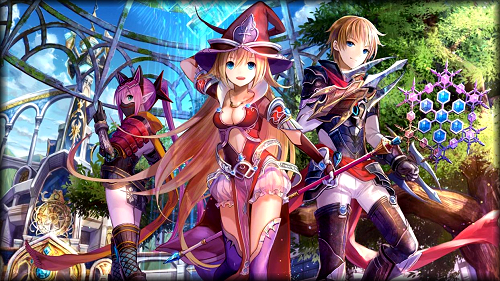

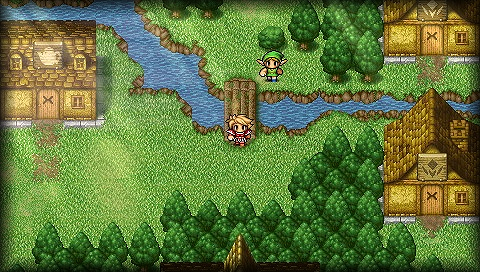
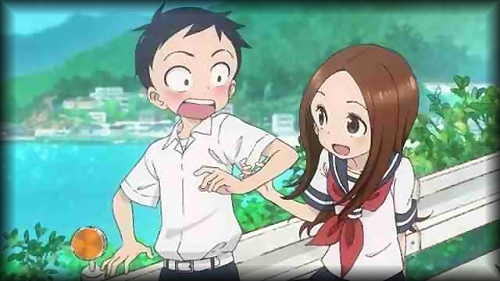
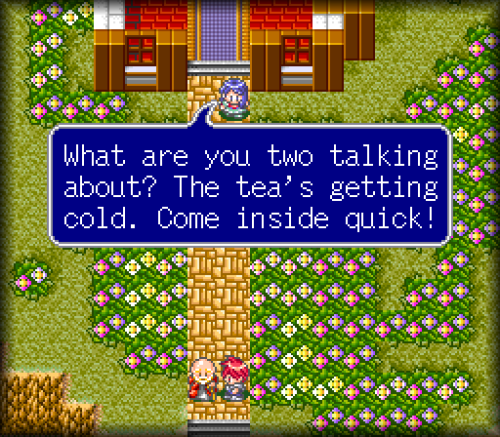
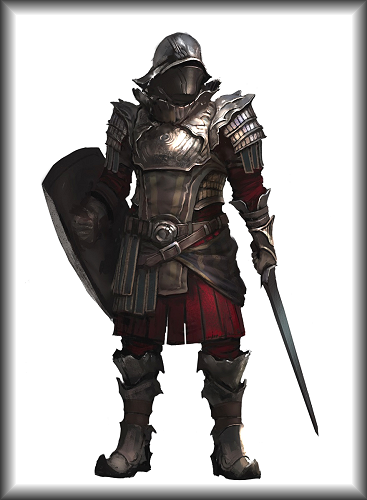
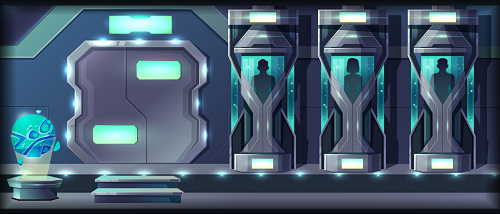
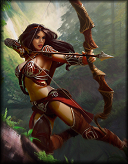

 Flag Writing
Flag Writing